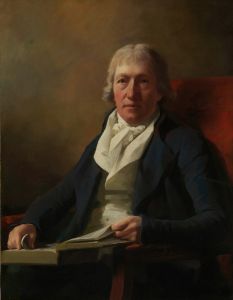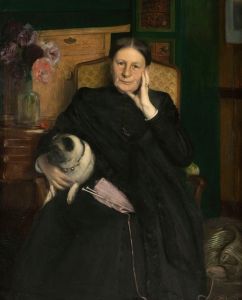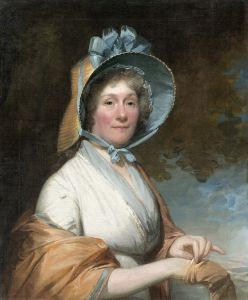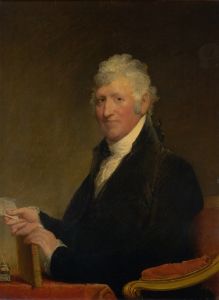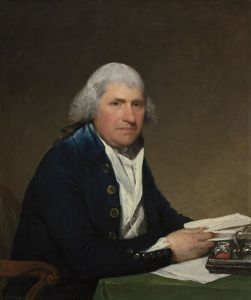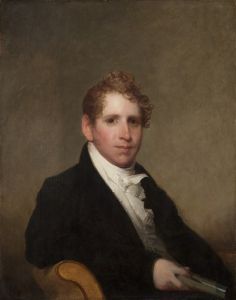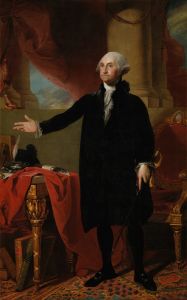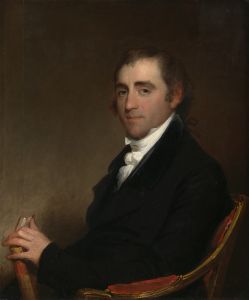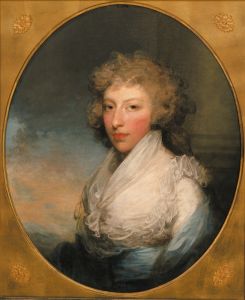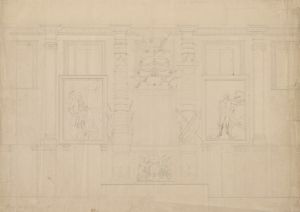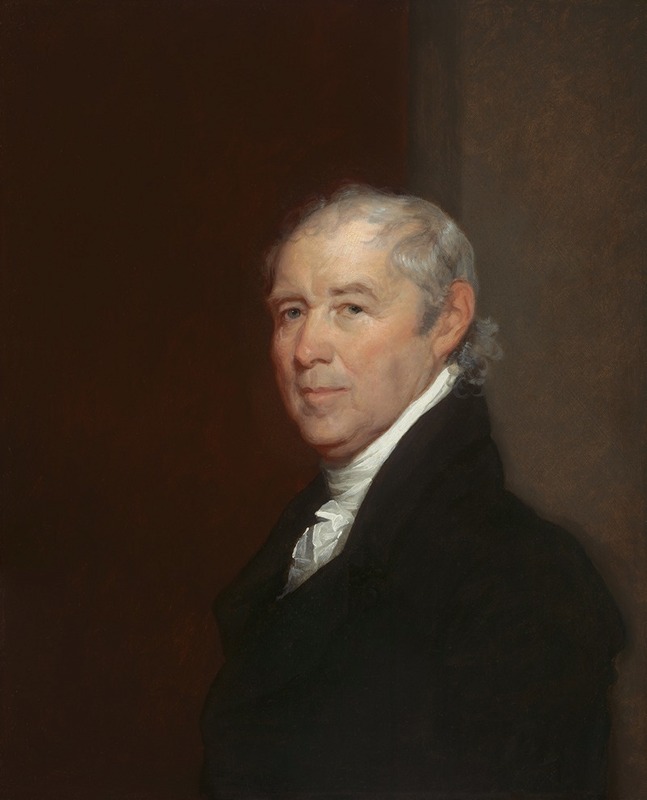
Benjamin Tappan
A hand-painted replica of Gilbert Stuart’s masterpiece Benjamin Tappan, meticulously crafted by professional artists to capture the true essence of the original. Each piece is created with museum-quality canvas and rare mineral pigments, carefully painted by experienced artists with delicate brushstrokes and rich, layered colors to perfectly recreate the texture of the original artwork. Unlike machine-printed reproductions, this hand-painted version brings the painting to life, infused with the artist’s emotions and skill in every stroke. Whether for personal collection or home decoration, it instantly elevates the artistic atmosphere of any space.
Gilbert Stuart, one of America's foremost portraitists, painted "Benjamin Tappan" in 1814. The portrait depicts Benjamin Tappan, a prominent American lawyer, judge, and politician who later served as a U.S. Senator from Ohio. Tappan was born on May 25, 1773, in Northampton, Massachusetts, and he was a member of a distinguished family; his brother, Arthur Tappan, was a noted abolitionist, and another brother, Lewis Tappan, was a successful businessman and also an abolitionist.
Gilbert Stuart, born in 1755 in Rhode Island, was renowned for his ability to capture the character and essence of his subjects. He is perhaps best known for his portraits of George Washington, including the famous "Athenaeum" portrait, which appears on the U.S. one-dollar bill. Stuart's work is characterized by its naturalism, attention to detail, and the ability to convey the personality of his sitters.
The portrait of Benjamin Tappan is a fine example of Stuart's mature style. In this painting, Tappan is depicted with a serious and contemplative expression, reflecting his stature and intellect. He is dressed in the formal attire typical of the early 19th century, with a dark coat and white cravat. The background is simple and unobtrusive, ensuring that the focus remains on Tappan's face and upper body. Stuart's use of light and shadow adds depth and dimension to the portrait, highlighting Tappan's facial features and giving a sense of realism to the image.
Stuart's portraits were highly sought after during his lifetime, and he painted many of the leading figures of his day. His ability to capture the likeness and personality of his subjects made his work highly valued, and his portraits remain important historical records of the individuals who shaped early American history.
Benjamin Tappan's career was marked by his commitment to public service and his involvement in significant political and legal matters. He studied law and was admitted to the bar in 1799, beginning his practice in Ravenna, Ohio. Tappan served as a judge of the fifth circuit court of Ohio from 1816 to 1823 and was a member of the Ohio Senate from 1823 to 1825. He was appointed as a U.S. District Judge for the District of Ohio by President Andrew Jackson in 1833, a position he held until 1838. Tappan was elected as a Democrat to the U.S. Senate, serving from 1839 to 1845.
The portrait of Benjamin Tappan by Gilbert Stuart is not only a testament to Stuart's skill as an artist but also a valuable historical artifact that provides insight into the life and character of an influential American figure. The painting is part of the collection at the National Gallery of Art in Washington, D.C., where it continues to be appreciated by visitors and scholars alike.






